Sun-Maid is a famous company that sells golden raisins in different packages at different prices. Since raisins have many health benefits, people consume them in their daily life. Some of us love raisins.
Some of us think they never belong in any food, especially cookies, where they can be mistaken for chocolate chips. However, one thing we can all agree on is that golden raisins are far better than their wilted, brown counterparts.
They just taste better. They are more fruity. And while regular brown raisins can be dry and grainy, not to mention too sweet, golden raisins have a more subtle flavor and are plump and smooth.
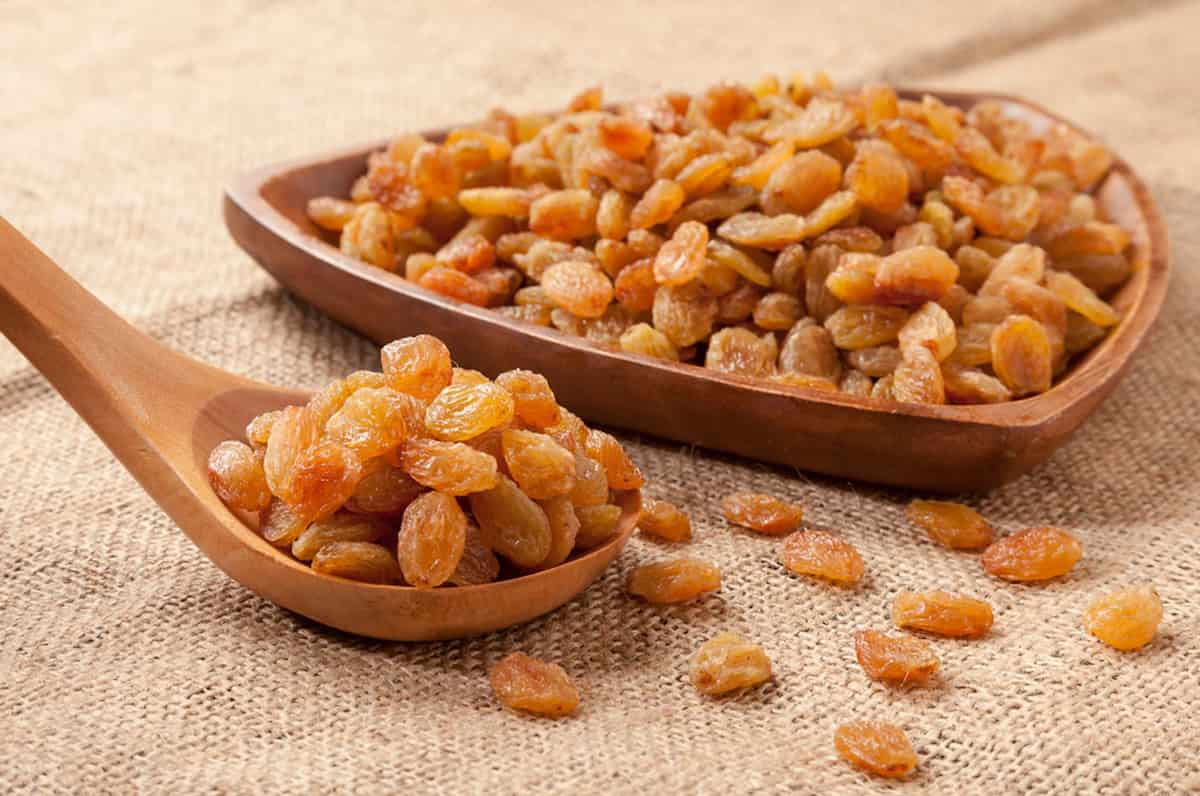
The difference between the color of golden raisins and ordinary raisins is due to its drying method. Raisins produced in the United States are usually placed on paper and dried in the sun for about three weeks, causing them to turn brown. McGee explains that the browning reaction is accelerated by higher temperatures.
Unlike regular brown raisins, golden raisins are not dried in the sun, but in large vats at controlled temperatures with controlled humidity levels. Golden raisins are also treated with the antioxidant sulfur dioxide, which is commonly used for its health benefits and as a preservative in dried fruit and white wine.
The result is a fruitier and lighter taste.” The plumpness and juiciness of golden raisins also probably comes from this temperature and humidity control. Most raisins (regular and golden) come from the same amber-green grape variety called seedless Thompson, named after the farmer who began growing it in California in 1872.
Their difference comes down to how they dry. Regular brown raisins are sun-dried and have no added preservatives or stabilizers. The air drying process is responsible for its brown color. Golden raisins are dried in water and contain sulfur dioxide, which is used as a preservative to prevent the skin from darkening and turning golden. Regular raisins are slightly moister and bulkier than regular raisins, which tend to be chewier.
Strong antioxidants, common and golden raisins have health benefits. And because they are low in water, they have a more concentrated level of nutrition than grapes.
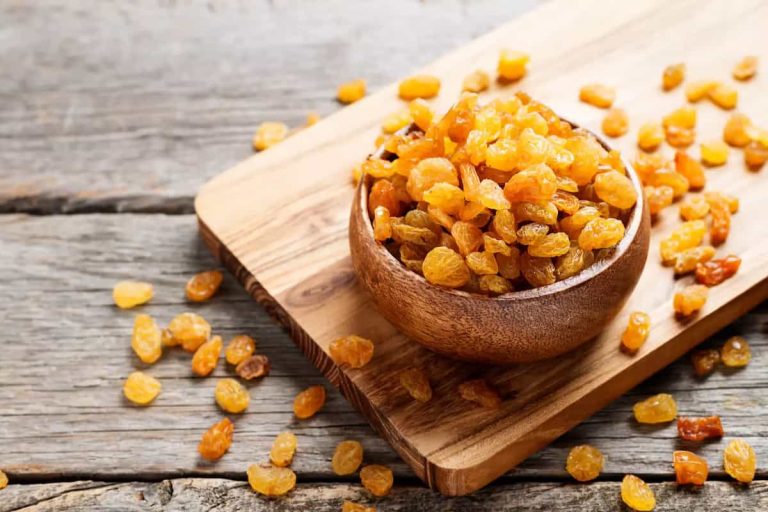
sun-maid golden raisins nutrition
Nutritionally, there is little difference between golden and regular raisins. It is up to you to choose the type of raisins. Golden raisins that are dehydrated in specialized machines are more moist and voluminous than ordinary raisins that are air-dried and have a chewier texture. Both types of raisins have health benefits and similar nutritional content.
More similarities than differences: You have to look far and wide to find the big nutritional difference between golden and regular raisins.
Both types of raisins have about 85 calories per serving, according to USDA data. Both are naturally fat-free and provide a small amount of protein, about 2 percent of your daily needs. And they have similar amounts of sugar, providing about 35 percent of your daily sugar intake per serving. An ounce provides both vitamins and minerals.
Both provide about 3% of your daily iron and about 5% of your daily potassium. You also get a significant amount of copper, about 10 percent of the daily value, which nourishes your connective tissue, supports brain function, and helps your cells produce energy.
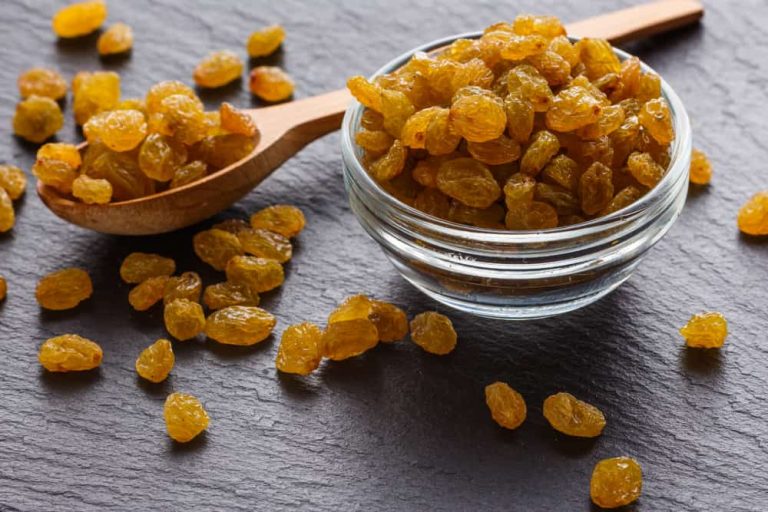
Golden and regular raisins also provide small amounts of B vitamins. Eat an ounce of raisins and you’ll get a small amount of riboflavin, niacin, and vitamin B-6. Together they keep your metabolism high. But since raisins aren’t rich in these nutrients, you need a whole diet to see their benefits.
Include raisins in your diet
Since there is no significant nutritional difference between golden and regular raisins, which one you choose depends on the taste and texture you prefer. And luckily, both types are easy to incorporate into your healthy diet.
In addition to eating raisins as a snack, try combining them with toasted oatmeal and chopped walnuts for an “oatmeal cookie” muesli that you can add to Greek yogurt. Use raisins to add some sweetness to grilled pork or tajine, or mix a few raisins into your morning smoothie for added sweetness without refined sugar.
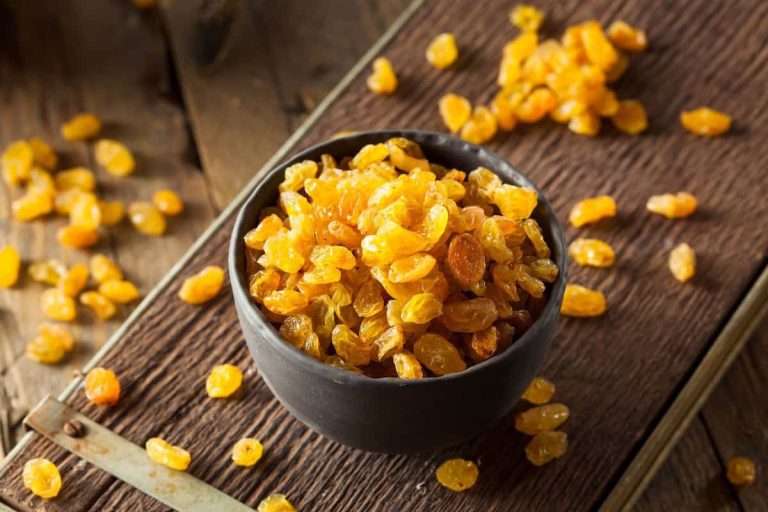
golden raisins nutrition facts
Golden raisins do not dry out in the sun, but large water catchers help control temperature and humidity levels. It is also treated with the antioxidant sulfur dioxide, which is used both for its health benefits and as a preservative in white wine and dried fruits.
Sulfur dioxide helps prevent darkening and drying of the skin with artificial heat. It has a sour taste and is good when used in salty and fried foods.
It has a sweet and sour taste that makes it suitable for adding to cereal dishes, salads, cauliflower, salmon and sauces. Compared to dark raisins, golden raisins are more voluminous and moist. Add it to rice porridge or as a pancake topping. Golden raisins are usually pale. Health benefits of golden raisins
Gum Health: Raisins help reverse cavities and heal cavities. Research shows that this fruit is good for maintaining oral health because it has antimicrobial properties that slow down cavities and heal cavities.

Contains antimicrobial plant chemicals that suppress the growth of oral bacteria associated with gum disease and tooth decay. Raisins contain oleanolic acid, which inhibits the growth of two types of oral bacteria: Streptococcus mutans and Porphyromonas gingivalis.
Digestive health: Raisins are considered high-fiber foods that act as a digestive aid and prevent stomach conditions such as diarrhea and constipation. It provides soluble and insoluble fibers that ensure healthy movement in the intestinal tract by reducing the likelihood of constipation and preventing loose stools. Dry types have more calories and fiber.
Lowering blood pressure: Research has concluded that daily consumption of raisins helps to significantly lower blood pressure. Raisins also contain potassium, which supports heart health. Potassium is an essential mineral for the proper functioning of tissues, cells and organs of the human body. People who eat a diet rich in potassium have a lower chance of having a stroke, especially an ischemic stroke.
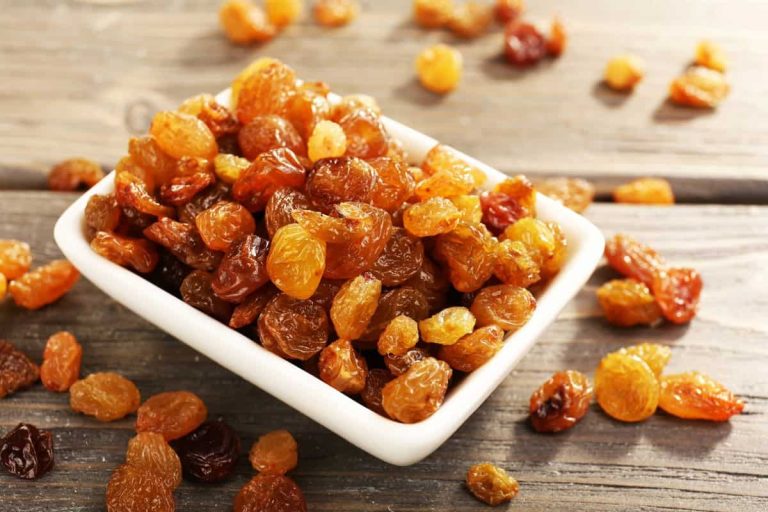
sun-maid raisins sugar content
If you look at the contents of the sun raisin package, you will see the ingredients and the amount of sugar. A 2015 study on the relationship between raisins and blood sugar found that people who ate raisins experienced a 23 percent drop in blood sugar levels after a meal compared to other snacks.
These subjects also experienced a 19% reduction in fasting blood sugar levels and a significant reduction in systolic blood pressure. Raisins can also help regulate the release of leptin and ghrelin, hormones responsible for telling the body whether it is hungry or full, another key to preventing blood sugar spikes.
Therefore, by controlling these hormones, people who eat raisins can increase their chances of maintaining a healthy diet and avoiding overeating.
In another study in the United States, researchers tested 10 healthy participants, four men and six women, to see how raisins affect blood sugar control.

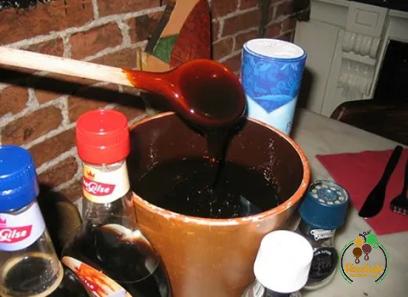
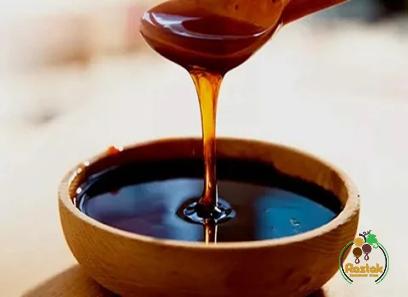
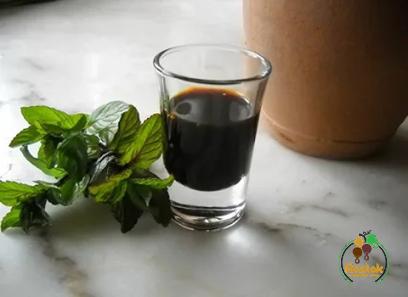
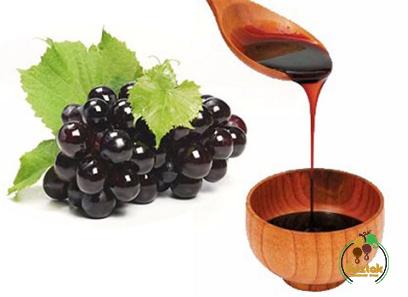

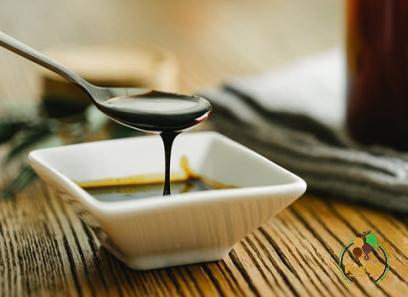
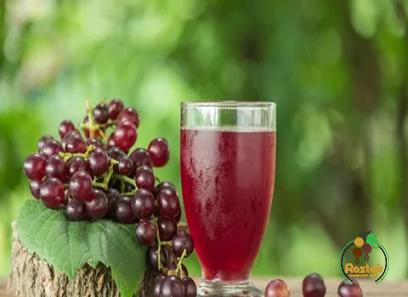
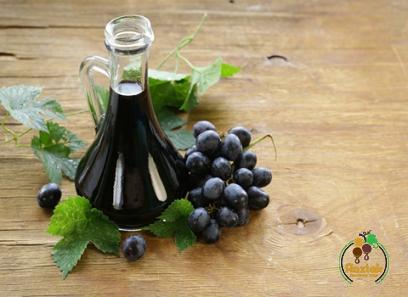
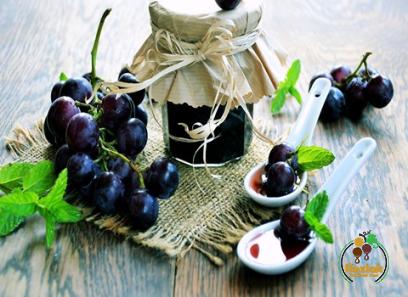
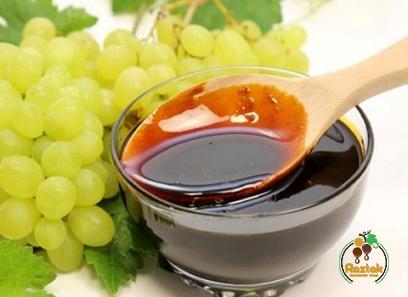
Your comment submitted.